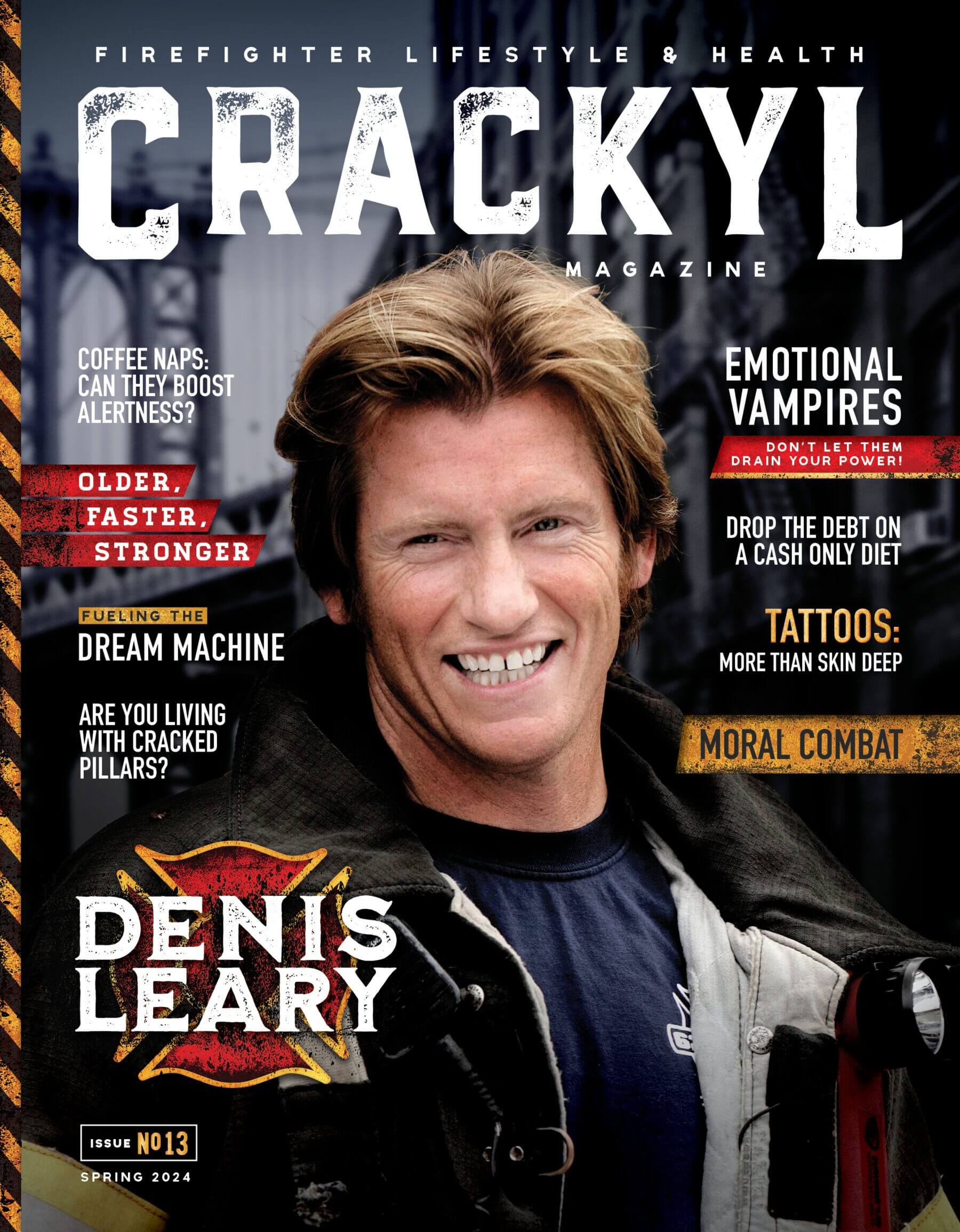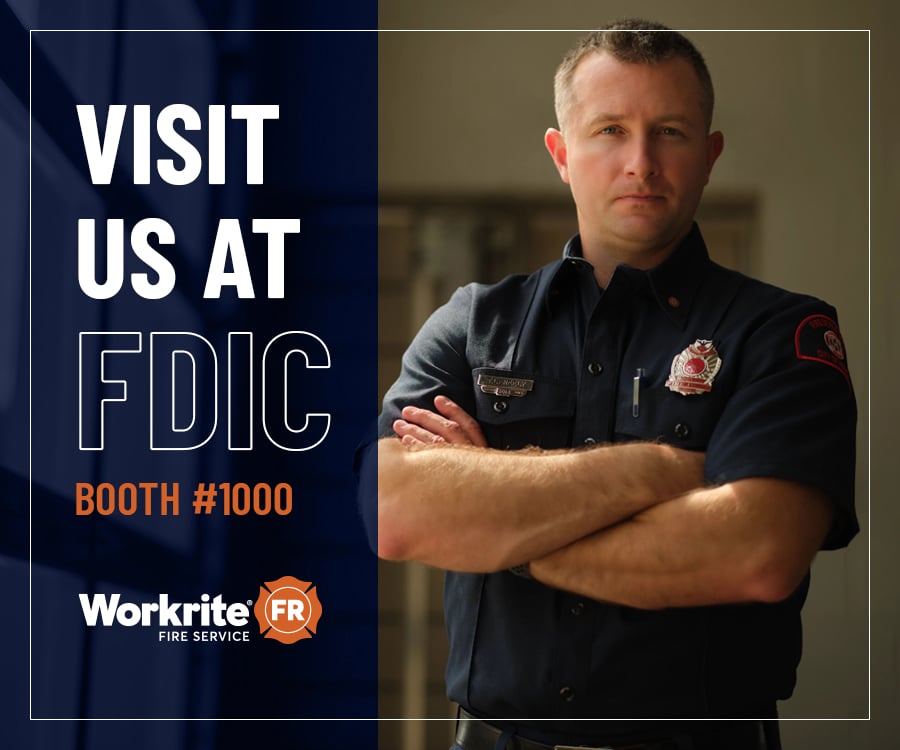Service, Repair and Maintenance with LION TotalCare
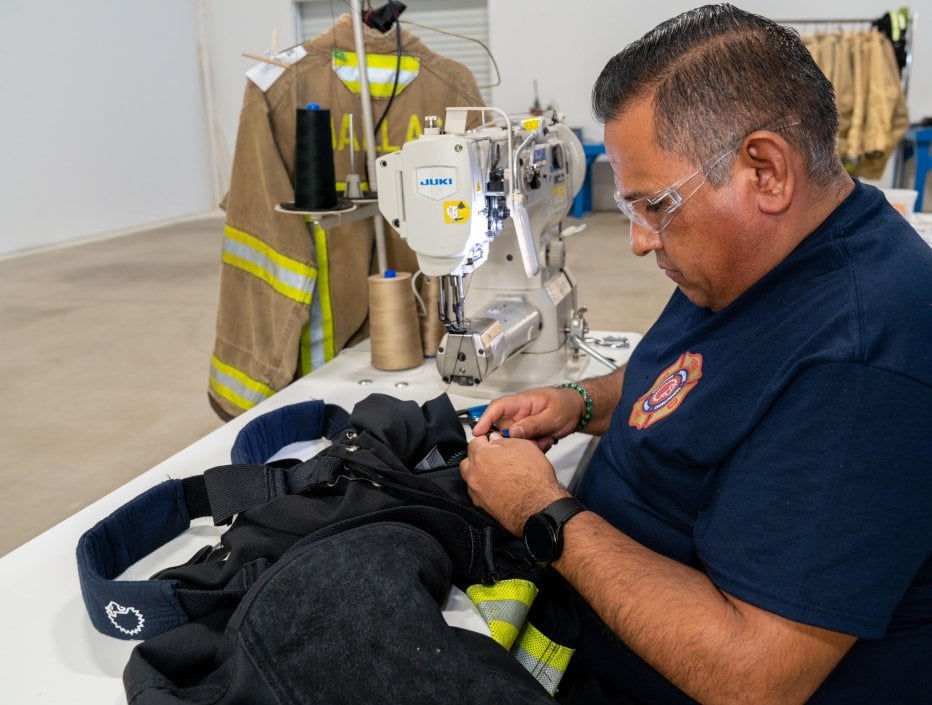
As an independent service provider (ISP) for firefighters to clean and maintain their gear per NFPA 1851 standards, LION TotalCare fields many questions from local departments. Today, we want to share the most common questions and answers we are asked about inspection and repair for PPE.
Why do my garments need to be inspected?
The purpose of an advanced inspection is to have trained personnel evaluate whether a protective ensemble and its individual elements are fit for duty in its current condition. Turnouts, including shells and liners, along with essentials (boots, helmets, gloves, and hoods) need to be inspected in order to reduce the safety risks and potential health risks associated with poorly maintained, contaminated, or damaged protective clothing. If it is not taken care of it may not perform properly when needed.
To conduct an advanced inspection, the fire department must be trained by an element manufacturer or a verified ISP. The NFPA 1851 2020 edition requires your department to perform an advanced inspection at a minimum of every 12 months or whenever a routine inspection indicates a potential problem.
During an advanced inspection, one of the following must be determined.
- Fit for duty and can be returned to service or;
- If additional inspection or testing is required by the manufacturer or verified Independent Service Provider (ISP) or,
- If the item needs repair before it can be returned to service or;
- If the item needs to be retired.
Proper inspection is key to safety and garment life.
To perform an advanced inspection on structural turnout gear you will need the following: clean turnout gear (dirt and soiling can hide damage, so if the gear has not been cleaned, that should be the first step), a clean well-lit work area and an inspection form.
- Inspect the outer shell to ensure there is no damaged or missing hardware and all closures are in working order.
- Closely inspect all the fabric on the outer shell. Confirm there is no physical damage such as rips, tears, cuts and abrasions, thermal damage, charring, burn holes, embrittlement, melting or discoloration.
- Inspect coat and pant shells for missing, burned, loose, melted or torn retro reflective trim. If the trim maintains its retro-reflectivity, it can be re-sewn to the garment.
- The liner system must be properly inspected. Visually inspect for excessive stretching and physical damage to the wristlets, missing or broken stitches, rips, tears and fabric weakness in the seams. Check for thermal damage such as charring, burn holes, melting or discoloration. The moisture barrier should be tested with a hydrostatic tester to confirm penetration resistance, otherwise steam burns can occur.
Are there any repairs I can complete myself?
You can be trained by ISPs or the gear’s manufacturer to do minor repairs, as listed in NFPA1851, 2020 edition. Examples of those minor repairs include:
- repairing skipped, broken and missing stitches on the outer shell
- patching minor tears, char marks and ember burns on the outer shell
- replacing missing or damaged hardware on the outer shell (excluding positive closure systems)
- closing the liner system following a complete liner inspection
- sealing minor pinhole leaks in the moisture barrier
All repairs must be performed in the same manner as the manufacturer and using like materials.
Advanced repairs are more complex and must go to a verified ISP or the original manufacturer to perform.
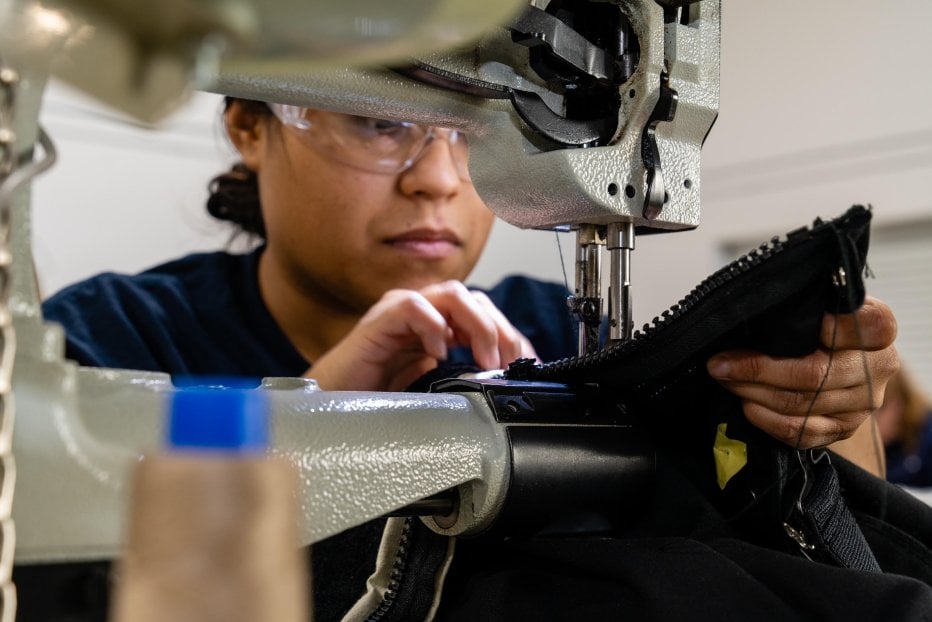
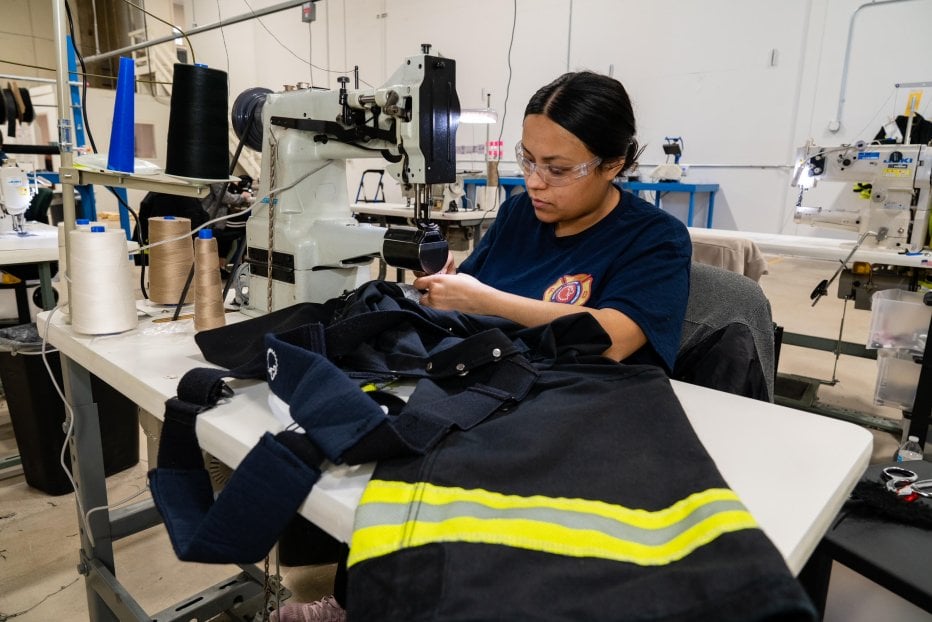
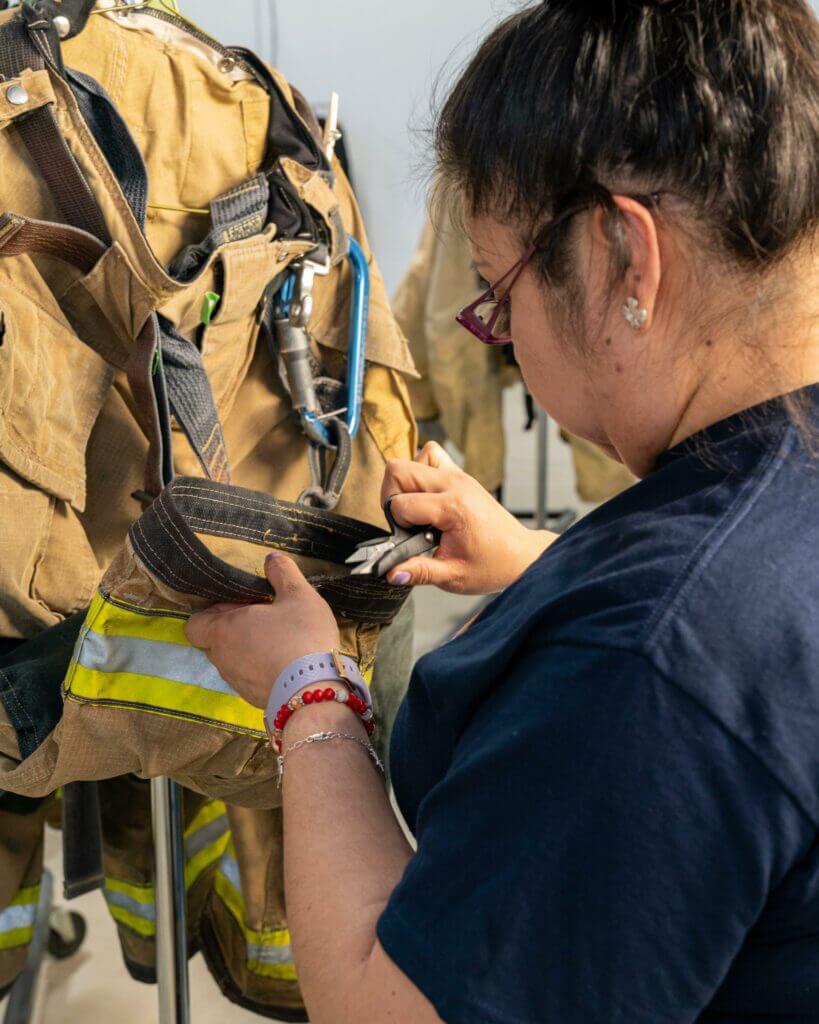
What does a verified ISP do differently for advanced repairs?
Verified ISPs and manufacturers are tested by a third-party agency, such as UL Solutions (formerly known as Underwriters Laboratories), which is the same agency that certifies the manufacturing process of new turnout gear. Verified ISPs use OEM materials, follow specific sewing stitch counts and professionally train their sewing operators. It is as important as having equipment and apparatus serviced by certified personnel.
If I have repairs done by someone not certified, can it be a safety issue?
Yes. Not having the repairs performed by certified personnel can put the firefighter at risk of wearing a garment that may not function as it was intended during an emergency. Consistent repairs need to be completed to ensure optimum performance and safety of the gear, as NFPA 1971 outlines, protecting the firefighter in both normal structural firefighting situations as well as catastrophic occurrences.
- The garments must protect from most common chemicals that firefighters are exposed to.
- All materials and threads are tested to withstand these chemicals and high levels of heat.
- The garments require a specific quantity of trim and specific reflectance levels to protect firefighters on roadway incidents.
- The garments require two positive closures; to make sure the garment does not come open in during an incident.
- The entire ensemble is built to withstand flashover conditions and provide time for the firefighter to escape the environment with minor or no injuries.
If exact OEM materials and manufacturing processes are not followed during the repair process, it could render the garment ineffective when the firefighter meets a condition that can be life-threatening.
To learn more about the repair and inspection process, visit lionfireacademy.com.
Podcast
Contests & Promotions
